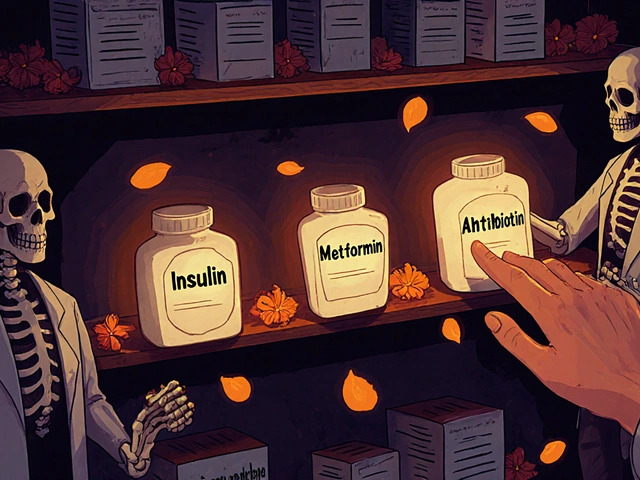Clobetasol Comparison: Potency, Uses, and Safety
When looking at Clobetasol, a high‑potency topical corticosteroid used for inflammatory skin disorders such as psoriasis and eczema. Also known as Clobetasol propionate, it requires a prescription and is often reserved for short‑term flare control. For context, Betamethasone, a medium‑strength corticosteroid offers a milder option for less severe cases. Meanwhile, Halobetasol, another ultra‑potent steroid sits next to Clobetasol in the high‑potency bracket, making side‑effect monitoring crucial.
Key Factors to Compare
The first thing to sort out is potency classification. In the U.S., topical steroids are grouped from Class I (super‑potent) to Class VII (least potent). Both Clobetasol and Halobetasol belong to Class I, meaning they deliver the strongest anti‑inflammatory effect but also pose the highest risk for skin thinning if misused. Betamethasone lands in Class III, offering a balance between effectiveness and safety for chronic, low‑grade inflammation.
Formulation matters, too. Clobetasol comes as cream, ointment, gel, and scalp solution. Ointments stay on the skin longer, delivering more drug per area, while creams spread easier on larger patches. Halobetasol is mostly found as a cream or ointment, whereas Betamethasone is available in lotion and foam forms that feel lighter and are preferred for hairy regions.
What skin conditions get treated with these steroids? Clobetasol shines on plaque psoriasis, severe eczema, and lichen planus because it can quiet intense redness quickly. Halobetasol is often chosen for stubborn plaques that don’t respond to lower‑potency drugs. Betamethasone, on the other hand, works well for milder eczema, dermatitis, and early‑stage psoriasis where a gentler approach is enough.
Side effects follow the potency line. With Clobetasol, common issues include skin atrophy, striae, and temporary pigment changes, especially if applied under occlusion or for more than two weeks. Halobetasol shares the same risk profile, while Betamethasone’s milder action reduces the chance of atrophy but can still cause irritation or acneiform eruptions. Patients should avoid using these drugs on broken skin, on the face unless specifically directed, and always follow tapering schedules after long‑term use.
Cost and availability also influence the choice. Generic Clobetasol propionate is cheaper than brand‑name options like Temovate, but price differences vary by pharmacy and insurance coverage. Halobetasol’s generic forms can be slightly more expensive due to fewer manufacturers. Betamethasone is widely available in many generic strengths, making it the most budget‑friendly of the three.
Prescription guidelines stress a “short‑burst, high‑potency” strategy for Clobetasol and Halobetasol. Doctors typically advise applying a thin layer once or twice daily for up to two weeks, then reassessing. Betamethasone may be used longer, sometimes up to four weeks, because its lower potency reduces cumulative skin damage.
By understanding these nuances—potency class, formulation type, condition suitability, side‑effect risk, and cost—readers can make an informed Clobetasol comparison and pick the right steroid for their skin needs. Below you’ll find detailed guides that break down each drug, show head‑to‑head tables, and offer practical tips for safe use.





